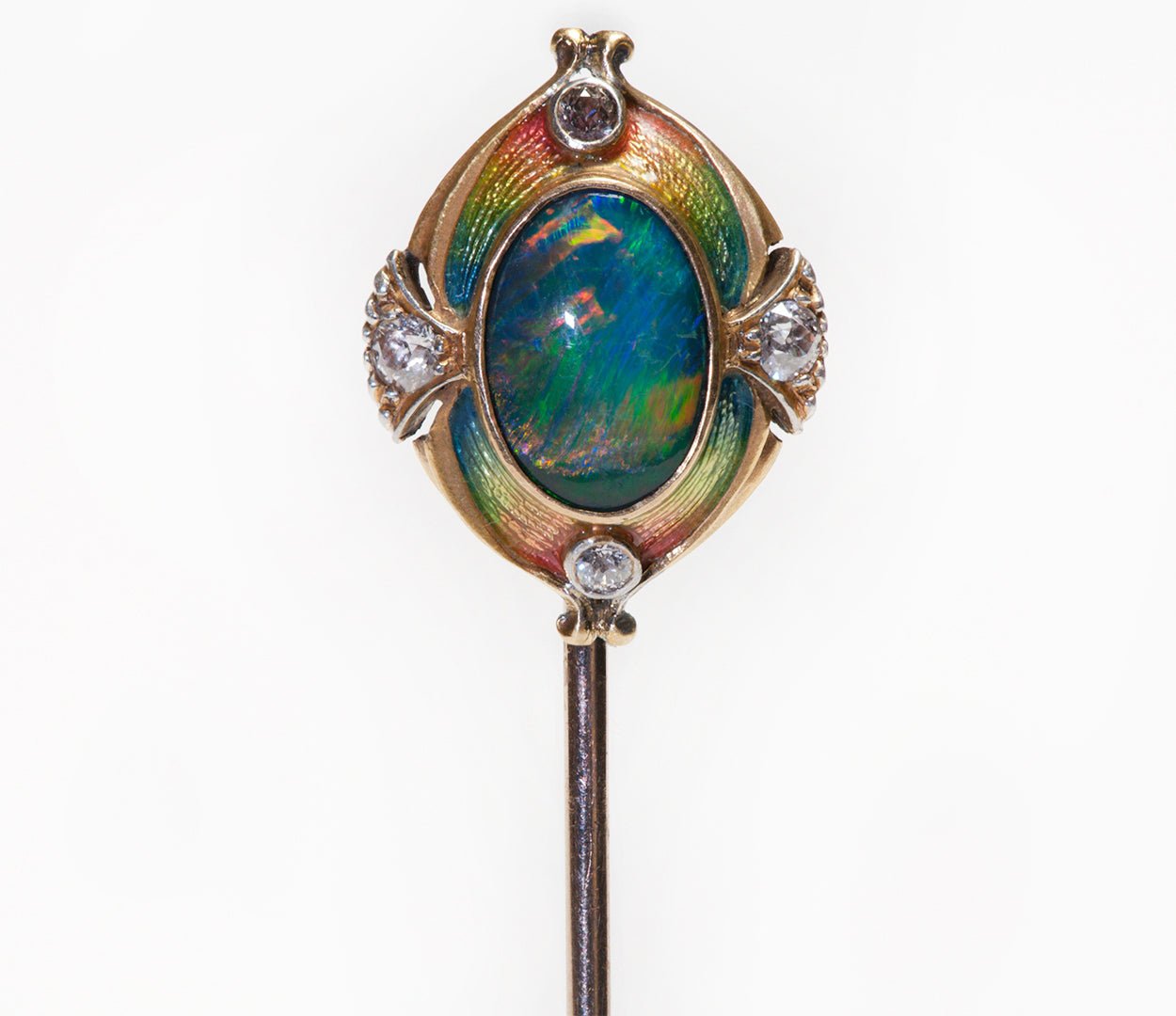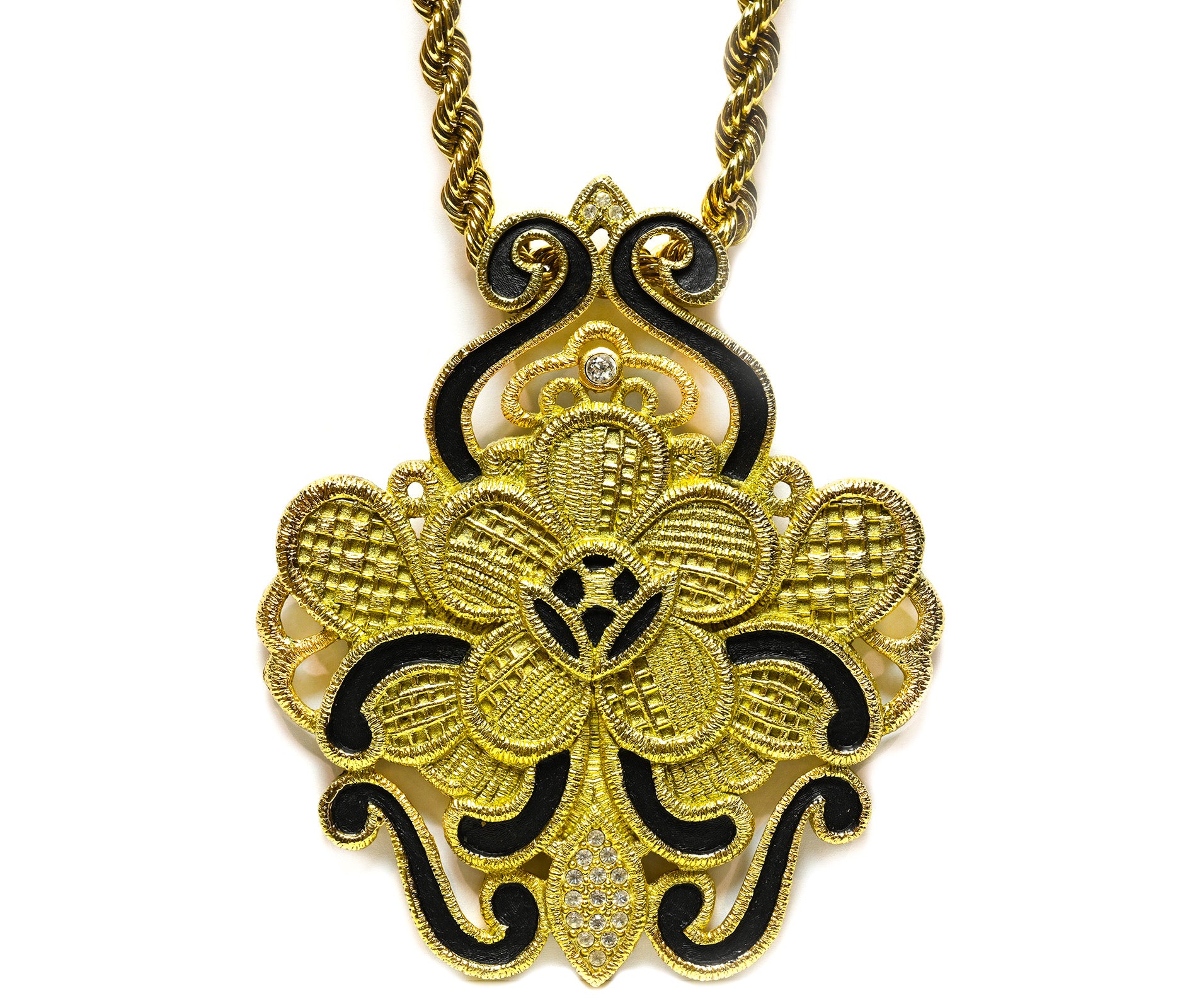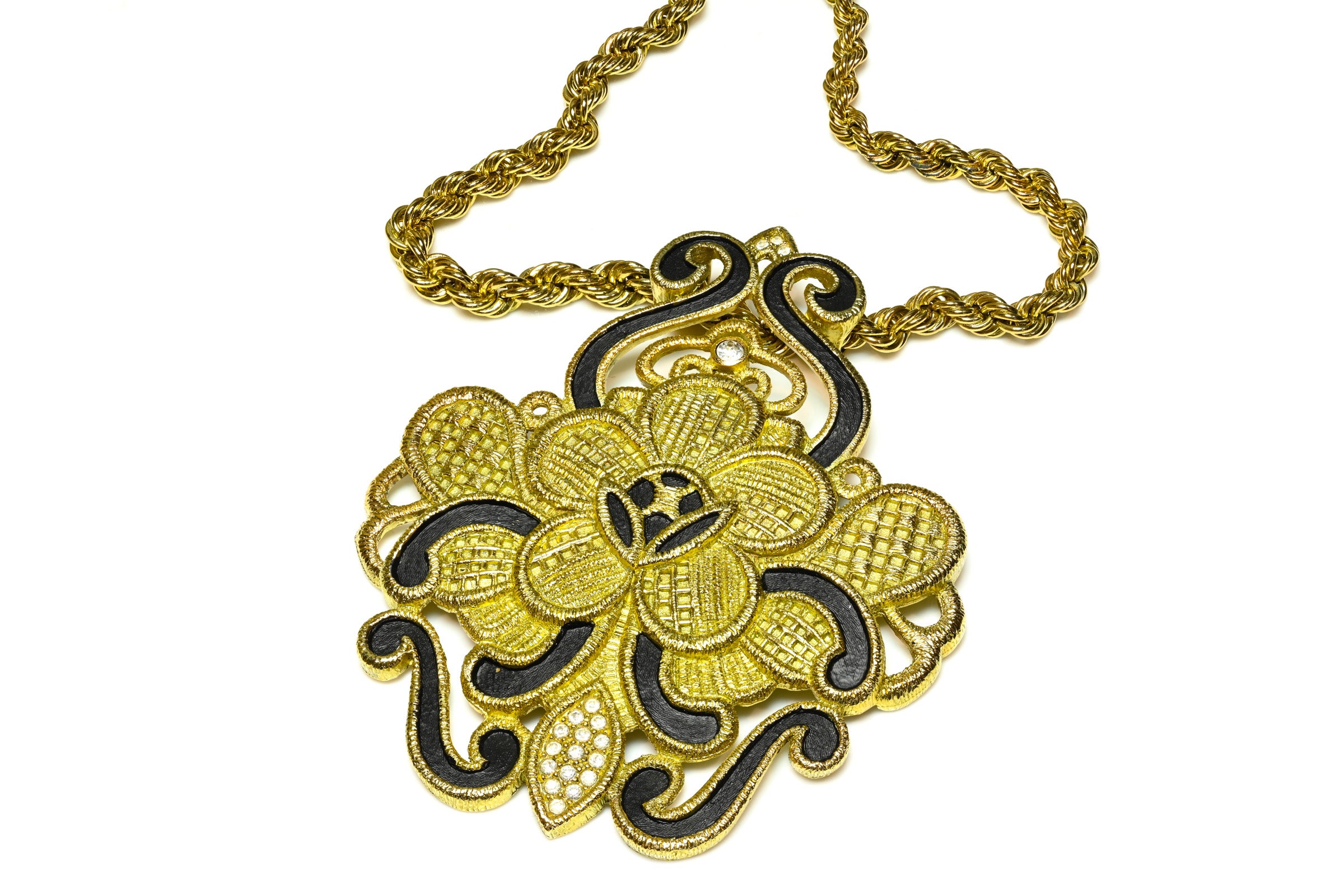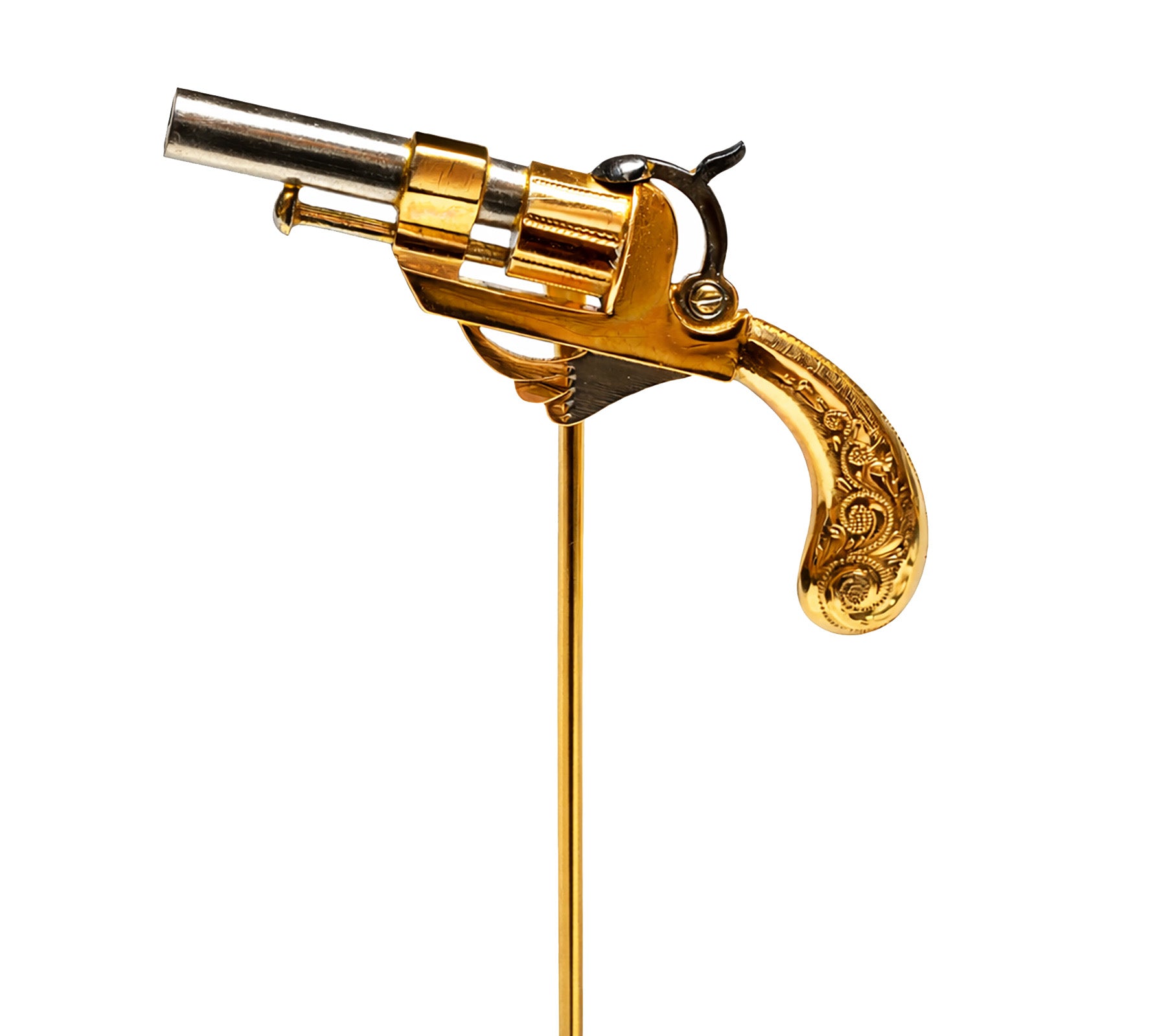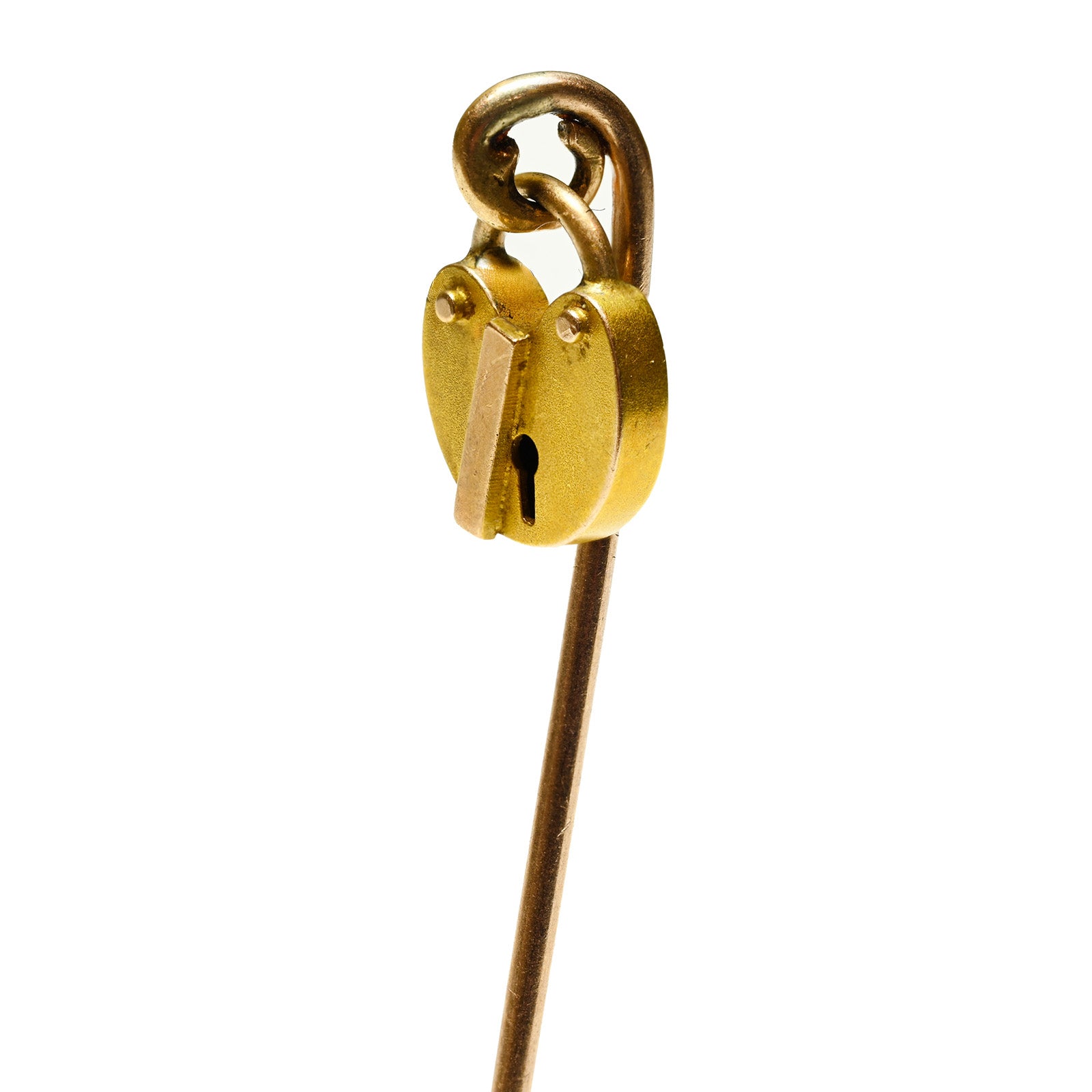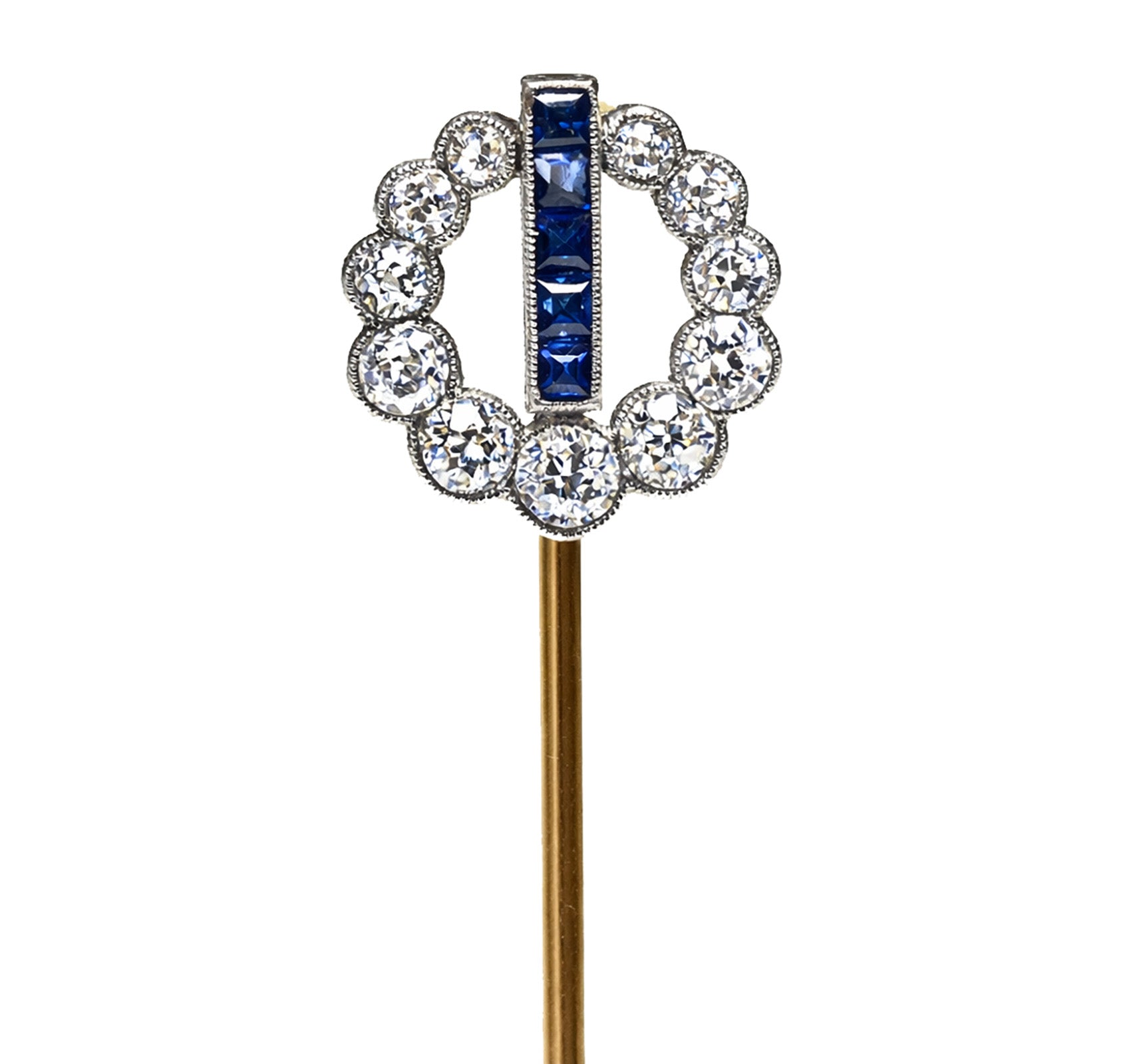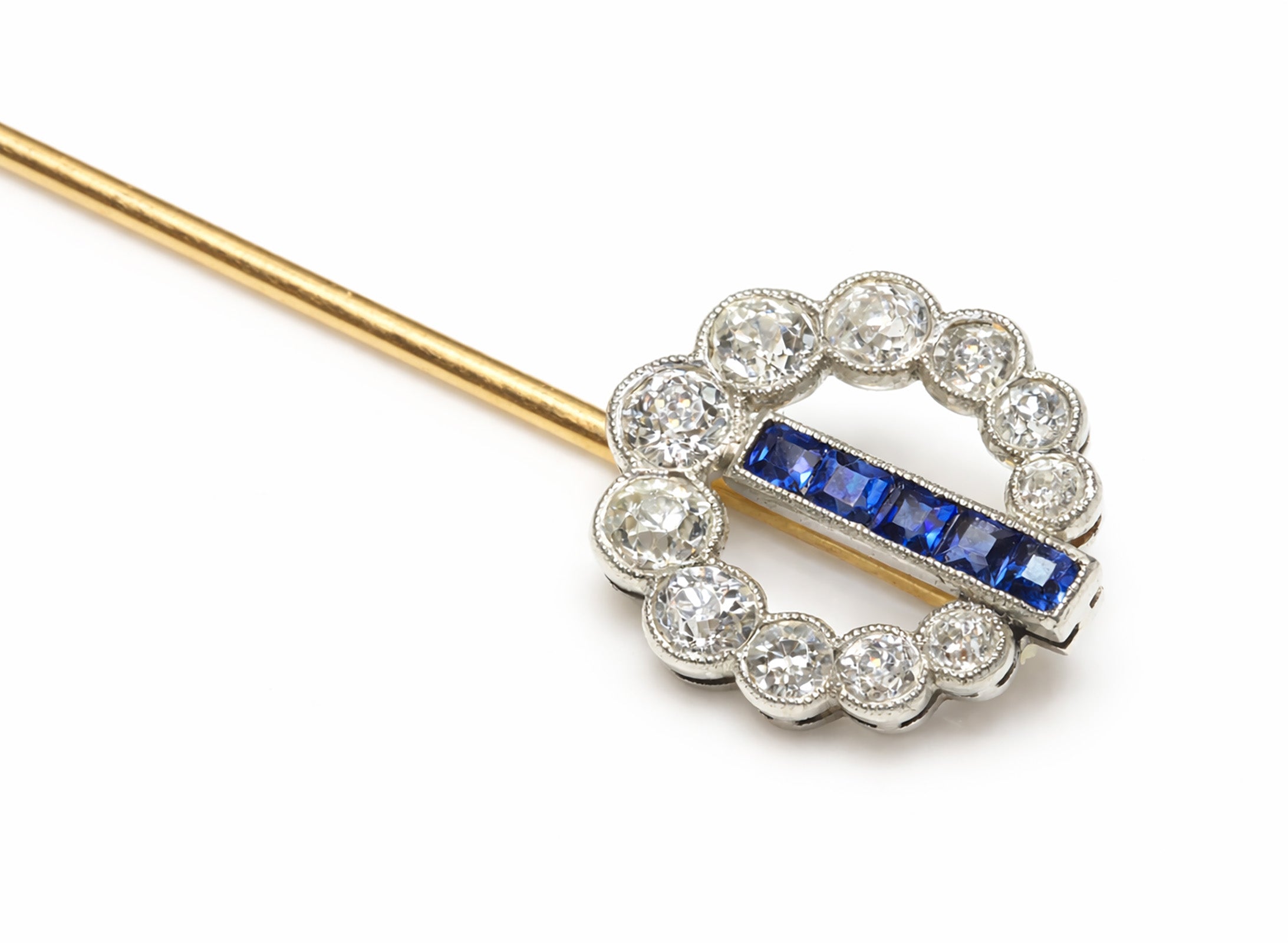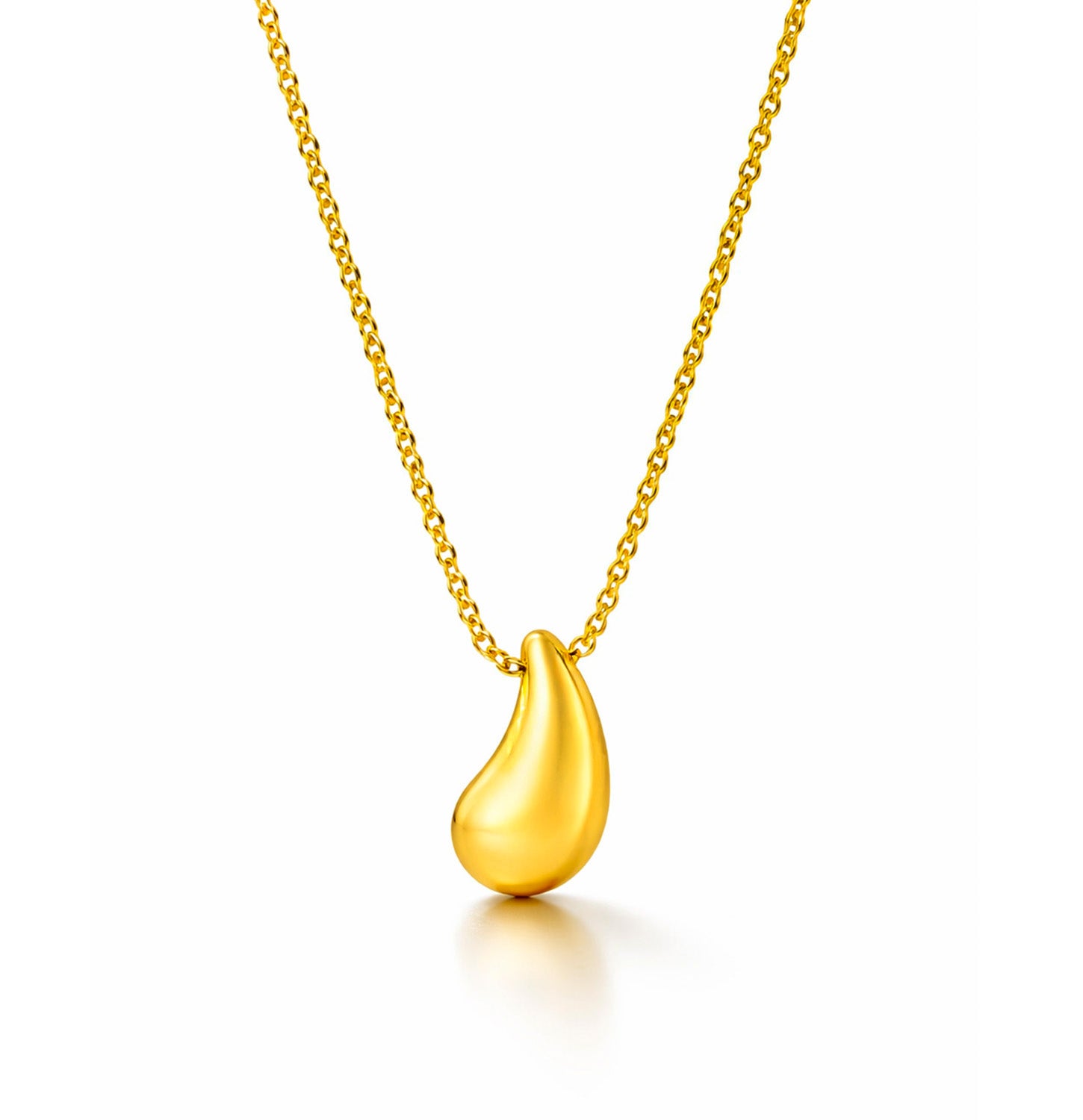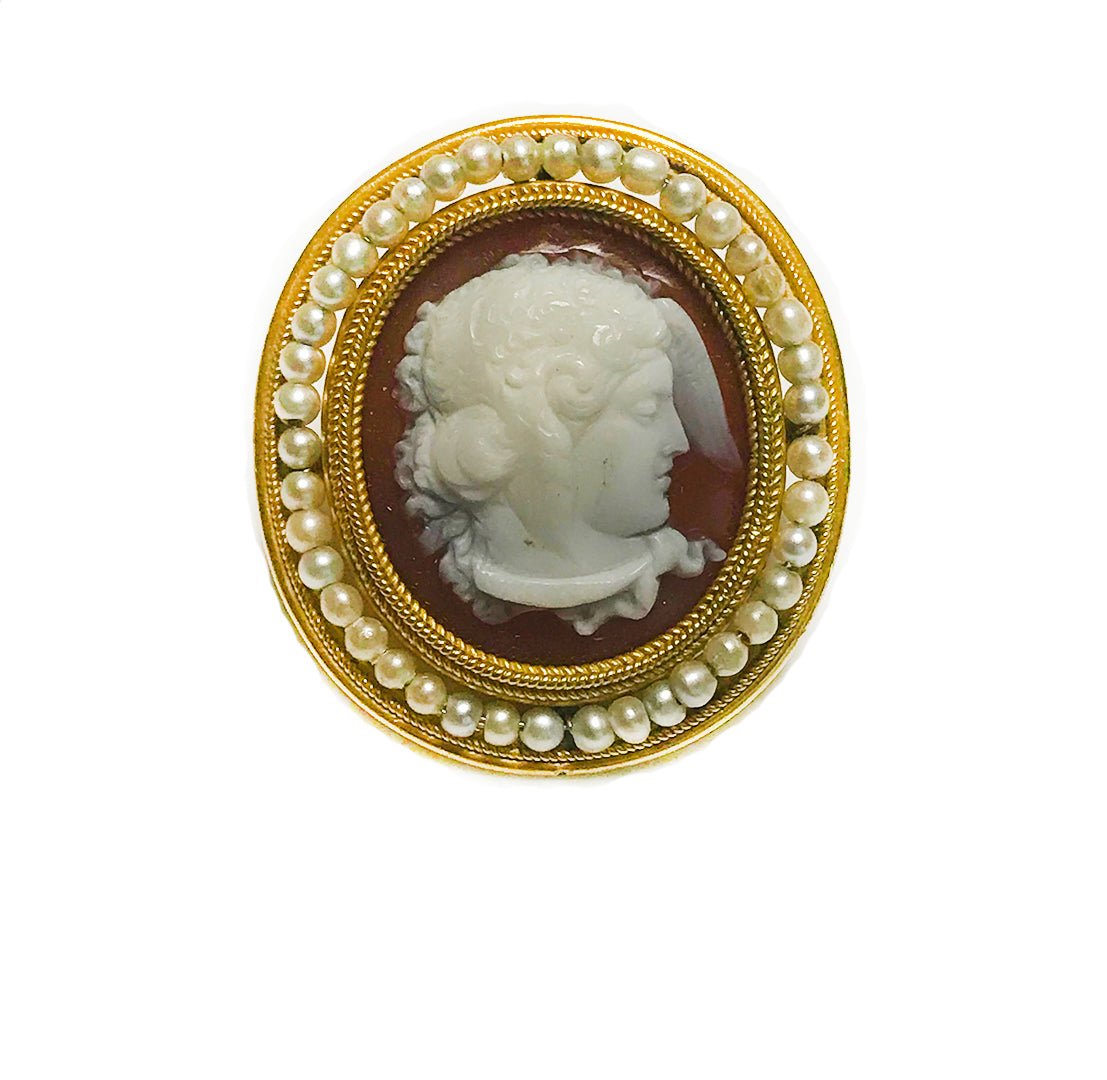
The Castellani House and its Extraordinary Jewelry
The Castellani House has no further need for introduction - it is legendary. The jewelry pieces signed by Castellani are true works of art sought after by collectors across the globe.
In 1981, "The Connoisseur" magazine published the article "Jewels by Castellani", written by Geoffrey Munn, a jewelry specialist, historian, and writer, probably best known as a television presenter on the BBC Antiques Roadshow.
Found in the "Wartski" archive, the article examined several sources of Castellani’s designs, as well as the techniques employed to revive the goldsmithing practices from the ancient world.
We present below the intricate analysis regarding the fascinating Castellani jewelry.
The Castellani Family
According to The Time of 13 June 1883, the business which Fortunato Pio Castellani (1794 - 1865) founded in 1814 on the ground floor of the Palazzo Raggi in the Via del Corso in Rome was not only a jeweler's shop but a picture dealing salon. Both aspects of the business were aimed at foreign trade and therefore the jewelry echoed the French and English taste.
Encouraged by a few real admirers of ancient art, Castellani began in the 1820s to realize the potential market for accurately and honestly represented reproductions of antique jewelry. Apparently, a jeweler called Sarno in Naples had given the movement its first impetus, and fostered by demand from abroad the project thrived.
Fortunato Castellani had eight sons and he chose two of them, Alessandro (1822-1883), and Augusto (1829 - 1914), to follow him in the business of jeweler and goldsmith. Alessandro's commitment to liberal politics and the resulting imprisonment and exile he suffered in its cause, interrupted his career.
Furthermore, his early family life was devastated by the untimely loss of his wife and son, and he had the misfortune to lose an arm in a hunting accident, excluding him to some extent from workshop activities. Consequently, management of the firm fell to Augusto and Alessandro adopted the role of antique dealer, collector, and most importantly of all, biographer and foreign representative of the house.
Allesandro lectured in Paris to the members of the Academie des Inscriptions et Belles Lettres on the Jewelry of the Ancients, and in the early 1860s, he opened a small but successful branch at 5 Champs Elysees. In 1861 he visited London and addressed the Archeological Institute with a paper called "Antique Jewellery and its Revival" which was privately circulated in August 1862. A version of the same was also published in Philadelphia in 1876.
The sources of so much of the Archeological and Neo-Historical jewelry we associate with the Castellani's are outlined in these publications.
Michaelangelo de Caetani
Michaelangelo de Caetani, Duke of Sermoneta (1804-1883), a contemporary aesthete and liberal, is credited as a constant and learned guide, as well as an occasional designer of Castellani jewels.
The Schmuck Museum in Pforzheim holds a bracelet that clearly derives from the design now housed in the Caetani archives. As is so frequently the case, the inspiration is somewhat eclectic and the form, which probably has its aesthetic ancestry in a jewel such as those found in Eretria in the third or fourth century BC, is tempered by the addition of gemstones in Renaissance-style gold collets.

The Duke of Sermoneta is also known to have acted in an advisory capacity during the creation of the parure, made by Castellani for the Countess of Crawford, now housed in the Victoria and Albert Museum, London.
However, his part in the design must have been minimum since, according to "Encyclopedia Italiana" he was quite blind by 1865, the Duke's interest in the Antique was wide-ranging, and his designs drew equally on Byzantine, Mediaeval, Renaissance, and Classical sources, with a slight predilection for Lombardie jewels.
The catalog of "The Loan Exhibition of Ancient and Modern Jewelry and Personal Ornaments" which took place in the South Kensington Museum in 1872/73 had a specific category for Modern Work after Antique models and here exhibit 586 is described as a coronet formed of bouquets of white flowers in enamel with gold stems and leaves designed by the Duke of Sermoneta and made by Castellani.
He also had a hand in the conception of the presentation sword made by Augusto Castellani to be given to Victor Emmanuel by the People of Rome in 1859. This extraordinary object is illustrated in color in J. B. Waring's "Industrial Art and Sculpture at the International Exhibition" in 1862 and is presumably decorated with mosaic work.
Michaelangelo de Caetani is acknowledged by Alessandro Castellani, together with a certain Count Oulsouffief, as being the chief advisers to the family in the work on early Christian and Byzantine mosaics. Sadly Oulsouffief died before the results of his work could be clearly seen but the Castellani family continued to scour the basilicas of Saint Alexandre and others in the catacombs of Rome for inspiration.
The unforgettable mosaics of Ravenna were also a source. Some of the bracelets made by Castellani show in their rather severe elegance how the art of mosaic work had been raised above the banality of contemporary porcelain paintings so often used as models.

The Marquis of Campana
Like Caetani the Marquis of Campana was a key figure in the history of the Castellani firm. An insatiable collector of all manner of antique objects, the Marquis assembled what was to be described later by Mr. Newton, then keeper of Greek and Roman Antiquities at the British Museum, as one of the largest collections of ancient gold and silver ornaments ever assembled.
The Castellani family were intimately involved in the acquisition, restoration, cataloging, and eventual sale of those precious objects to Napoleon III.
The purchase of the 929 jewels and their export from Italy came about because the Marquis, Director of the Sacro Monte di Pieta, was accused of maladministration and speculation and imprisoned for these alleged crimes in 1859. In his private memoirs, Augusto Castellani asserts the innocence of the Marquis, who declared he was the victim of reprisal by the Clerical Government for non-collaboration.
Fortunato Pio Castellani and his two sons tried in vain to save Campana and preserve the jewels for the nation. They even suggested a formation of a limited company to repay the debt of 900,000 scudi by exhibiting the jewels to the public at a fee of 1 scudo a head. Furthermore, Augusto Castellani held the money could quickly be raised by the sale of duplicates presumably of their own manufacture. But all to no avail since by 1860 the entire collection of gold and silver belonged to the French.
In an Italian catalogue of the collection, tentatively dated 1850 by the British Library, there is already evidence that certain objects owned by Campana were popular sources for modern goldsmiths work: "E si portentosa la varieta di questa speciale elegantissima raccolta di orecchini e pendanti, che potrebbe additarsi qual repertorio artistico e tipico a promuovere il buon gusto nella moderna orificeria".

The Castellani House made several pastiches of antique jewels held by Campana for they had the added advantage of being in possession of plaster casts of every jewel as well as their first-hand experience of the same.
An eloquent example in this regard is a pair of dipped enamel and gold earrings copied from prototypes now in the Louvre, Paris. The technique employed on the antique prototypes said to have come from Vulci is called dipped enamel. The technique is fully examined in "Greek and Roman Jewelry" by R. A. Higgins, together with a method for constructing loop-in-loop chain work also used in the earrings. Another version of this type of jewel but with a cockerel instead of a swan is number 190 in the Campana catalog and it is interesting to note that in the sale of the effects of Alessandro Castellani in Rome in 1884 there was sold another pair of the same form signed with the monogram of the firm.
At the 1884 sale, the South Kensington Museum purchased, amongst other things, a pair of modern bracelets by Alessandro Castellani which derive from prototypes in the Campana collection, now housed in The Louvre. Apparently, the purchase was all the more attractive since they could be bought "for less than it would cost to make them" and they would be useful for circulating exhibitions and as an instruction to young goldsmiths.
The jewels are profusely decorated with filigree and granulation and since they are hinged and are decorated with so many different patterns and textures it has been suggested by Judith Rudoe of the British Museum that the originals were made up from antique fragments, probably from earrings.
A loose copy of one of the 3 jewels of this nature held by Campana is in the Hull-Grundy gift to the British Museum and is made by Melillo, and the fourth bracelet is in a private collection. One cannot escape the conclusion that such bracelets were particularly enjoyed by modern craftsmen for they provided a chance to exhibit prowess in the imitation of granulation, filigree, and jointing of gold work in which the ancients excelled.
The jewel from the Campana Collection which received such universal acclaim for its purity of inspiration and unadulterated state is the diadem or stephane found at Palo in Etruria.
It is number 206 in the Campana Catalogue which reads thus "e che e oggetto d'ammirazione a' moderni orefici".
Indeed Castellani made a close copy of the jewel which, like the original, is decorated with enamel and represents one of the finest archaeological essays ever attempted by the firm.
In the Gazette des Beaux Arts in 1883 F. Lenormant published a review of the Campana collection in which he was unstinted in praise of 2 of the jewels acquired by France. One was a stephane and the other was the extraordinary bulla found at Chiusi. According to Lenormant, it is the head of Bacchus, but today it is more often described as Achelous, the River God. He insisted that the work and style are so remarkable that the jewel merited all the attention it received from the modern craftsmen who viewed it.
Three revivalist jewels are known to date which appears to awe their origins to the Etruscan pendant. One is the beaded necklace by Giuliano in the Victoria and Albert Museum, another is a close copy by Castellani housed in the Villa Giulia Museum in Rome. The third is the nineteenth-century bulla which bears no signature but the quality of the jewel and in particular the granulation is so fine that it is difficult to place the work far from the Castellani workshops. Comparison with the original reveals some adaptations. A diadem of leaves and berries has been added to the curled hair, possibly to reinforce the Bacchus image and the eyes have lost their original spirit and now betray a nineteenth-century hand.
Other favorites from the Campana Collection are the Helios brooches now in the Louvre; these were prototypes for a Castellani pastiche purchased by Mrs. J. Hull-Grundy and given to the British Museum in 1978.
The Exhibition at the South Kensington Museum in 1872/1873 already cited contained 6 jewels by Castellani, one being a corona copied from an antique original found at Cumae, and another being a pair of earrings in the form of gold discs, with enameled pendants modeled as bunches of grapes described as being after antique originals in the Campana Collection.
The Extraordinary Castellani Jewelry
The Castellani family were invited in the late 1830s to advise the Papal States on the acquisition of treasures from the Regulini Galassi tomb at Cervetri, and the granulation they saw there proved a powerful incentive to continue with their experiments in this medium. The discoveries at Vulci and Chiusi have already been seen to influence the Castellani repertoire, but Alessandro tells us in "Antique Jewelry and Its Revival" that the sites of Toscanella explored by Secendiano Campanari, were also very rewarding. Among other sites mentioned are Cumae, Ostia, and Kerch in Crimea.
As Charlotte Gere has pointed out in "Victorian Jewelry Design" the Castellani Collection was also a source for the pastiches made by the firm. Augusto Castellani acquired for his collection a pair of earrings in the form of female heads decorated with necklace diadems and earrings which were found at Kerch. He showed them to Eugene Fontenay who records the experience in "Les Bijoux Anciens et Modernes". The earrings naturally entered the commercial repertoire of the Castellani's.
The Tomb of KolOba at Kerch, dating from 375-350 BC, was possibly seen in person by Alessandro Castellani when it was excavated in 1864. At any rate, the finds were widely published in a paper entitled "Antiquites du Bosphore Cimmerien" by Gilles.
An extraordinary necklace and a pair of pendants, possibly breast ornaments, which were discovered there, were acquired from the posthumous sale of Alessandro's effects at the same time, and for the same reasons, as the bracelets already mentioned. The pendants, which represent Thetis with the armor of Achilles, are rendered in repousse gold panels which are in turn hung with vase-shaped ornaments on a complex mesh of loop-in-loop chain work.
The necklace is in the form of a flexible band of similar chain work hung with over 60 vases, the quality of granulation work is inferior to that generally found on Castellani jewels and leaves one with the feeling that the ornaments were repeated by some method of casting rather than by the individual attention which would have been lavished on the originals. The pendants are datable to between 1865 and 1884.
In the same sale Lot 855 was a copy of a necklace found in the Crimea composed of 18 heads of Io, while the next lot was a copy of a diadem found in South Russia decorated with red, blue, and green enamels, and offered for sale as a masterpiece of goldsmith's work.
According to "Antique Jewelry and Its Revival" the jewels of the sixteenth and seventeenth century were not held in such high esteem as those from the more distant past, and owing to their rarity portraits of the period were frequently used as sources. Nonetheless, reproductions of Renaissance jewels following the fashion of the day frequently formed part of the Castellani repertoire.
The pendant illustrated is in the style of the mid-sixteenth century and is decorated with enamel, rubies, pearls, and a diamond, and centers on a sapphire intaglio of a nineteenth-century battle scene. No provenance for this gem has yet been suggested but it is worth remembering that the Castellani's had in their workshops engravers who produced many of the cameos and intaglios which figure in the jewelry. Some are signed with the monogram of two "C"s. We learn from "Engraved Gems", London 1908 by Duffield Osborne, the name of one of these carvers was Gaetano Trabacchi.
When Alessandro Castellani visited England in the early 1860s it was very probably to establish, in Frith Street, his pupil, Carlo Giuliano, as manager of the London branch. Doubtless, he took this opportunity of viewing the fourteenth-century French "Founders Jewel" at New College, Oxford Like so many of the jewels which were admired by members of the family, this formed the model for a pastiche.
In this case, 4 versions are known, 3 illustrated here and another in the Villa Giulia Museum Rome. They are set with emeralds, rubies, and sapphires respectively. Interestingly the archways occupied by the Angel of the Annunciation and Mary are decorated with plique-a-jour enamel in each case.

The Castellani House had heard of the technique through "Peinture en Email" by Jules Labarte, published in Paris in 1856, where the author says the method, although known in the Middle Ages, had now been lost and appealed to working goldsmiths to revive it. The Castellani family accepted the challenge and Labarte was later to acknowledge them as wholly successful in the venture.
The versions of the Founders Jewel by Castellani amply illustrate their creator's interest in all aspects of jewelry design and technique.
How far the Castellani family were successful in their search for the secret of granulation has yet to be minutely examined. However, Alessandro Castellani explained that the best results were achieved by the use of an arsenite flux and impalpably fine solder. This is supported by the discovery made by R. W. K. Honeycombe, Professor of Metallurgy at the University of Cambridge, and Mr. and Mrs. Kenneford during their use of a scanning electron microscope. The jointing of a Castellani brooch with a beaded border (Lot 380, Christie's Geneva, November 1977) was found to be achieved by the use of silver solder on high-quality gold and not the colloidal hard soldering used by the ancients.
One of the bracelets purchased by the South Kensington Museum in 1884 (Museum Number 634884) was examined by J. Darrah of the Victoria and Albert Museum, London, through a microscope and the granules were found to be in the region of 0.10 mm and were somewhat clogged by the metal ground to which they were attached, Comparison was made with a circular gold ornament of seventh century BC (Museum Number 88381863), which was also decorated with granulation.
These were found to be much smaller, less regular, and not clogged with metal, Since the granulation found on the nineteenth-century bracelet is some of the finest achieved by the Castellani's, one must assume that they were, as they had so often confessed, a long way from achieving the technical finesse of their Classical predecessors.
If the Castellani House did use solder in their jointing of the high-quality gold used in their jewels they would have been faced with a color change of the metal which they would have needed to disguise. The required result was almost certainly achieved by gilding the finished article to the color of the native gold used by the ancients.
Fortunato Pio Castellani addressed the Academy of the Lincei in Rome in 1826 on the chemical processes of the coloring of gold and the application of the "electrotype and similar processes to the art of gilding" and one may suggest that it was these skills that were employed in obtaining the color and texture of jewelry made by the Castellani family. Examples that have been subjected to the fire in order to achieve repair of alteration lose these qualities when the gilding "burns" away to leave a reddish-gold beneath.
Mrs. Bury, Deputy Keeper of Metalwork at the Victoria and Albert Museum, has made a suggestion that throws new light on the marks until recently attributed to the Castellani atelier. Certain of the obtrusive gold monograms applied to the bodies of jewels are clearly composed of back and back "C"s with a shaped cartouche.
However, others like the example found on the Achelous pendant in the Victoria and Albert Museum and the necklace of Amphorae sold by Hancocks in London and described in the Newsletter of Society of Jewelry Historians, No. 8, are composed of 2 letters, on of which is more readily legible as a "G" than a "C' since the foot is bifurcated, since jewels bearing this mark have been seen to have a Carlo Giuliano of London provenance, it seems logical to describe the cipher as a monogram of "CG" and to think of it as an earlier mark for Giuliano used while he was still under the influence of the Castellani House possibly before he entered his mark at Goldsmiths' Hall on 17 February 1863.
The driving force of the enterprise outlined here was "to recall the attention and admiration of the modern world towards worthy objects" and there can be no doubt that the Castellani House succeeded in their own time. The irony is that they have today become part of the heritage to which they intended only to pay homage.
The author of this analysis - Geoffrey Munn - expressed his appreciation to the following people who have been generous with their knowledge and time: Dr. Battaglia of the Villa Giulia Museum in Rome, Malcolm Carr of Hancocks, Ralph Esmerian and his colleague Penelope Proddow, Dr. Fritz Falk of the Schmuckmuseum, the Hon. Hubert Howard of the Palazzo Caetani, Catherine Metzger of the Musee de Louvre, Hans Nadelhoffer of Christie's, Diana Scarisbrick, Madame Saraceni, one of the descendants of Augusto Castellani, and to his colleagues of Wartski London.
Photos Credit: "The Connoisseur" magazine, article "Jewels by Castellani" by Geoffrey Munn


